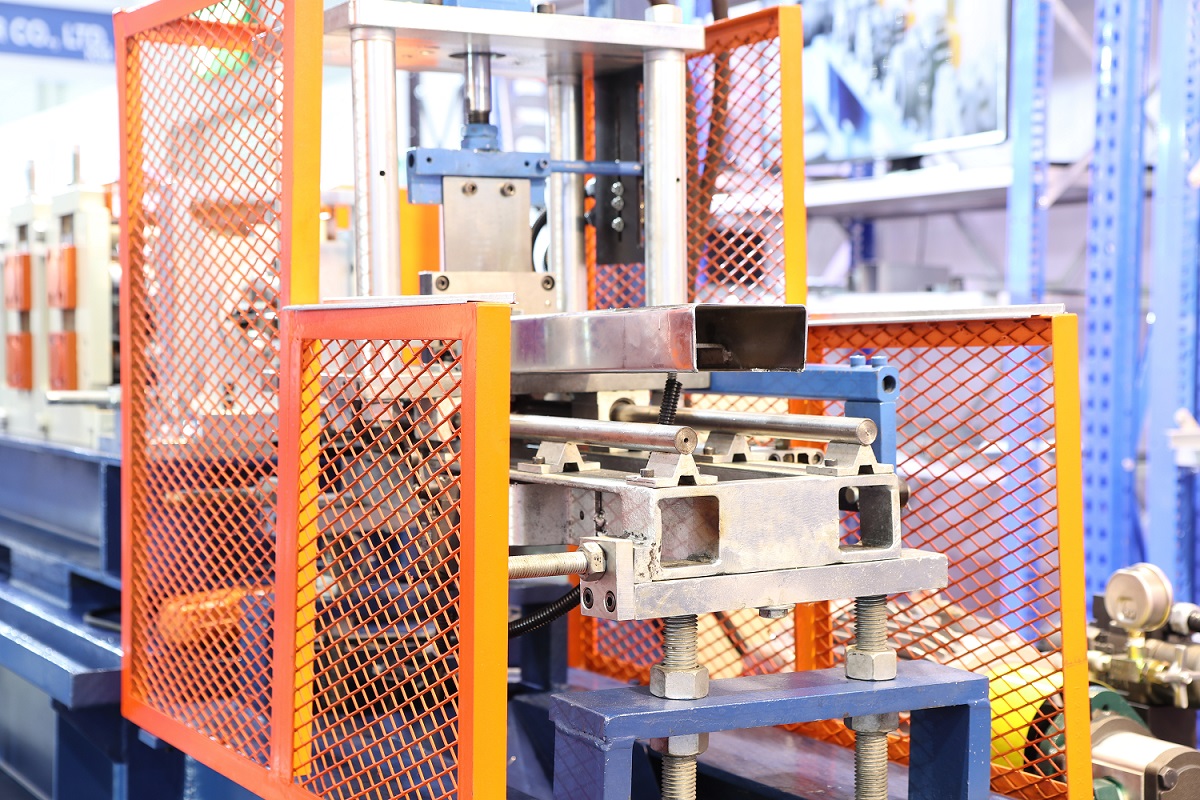5 Key Points on How Machine Guarding in Manufacturing Increases Safety
In manufacturing environments, where heavy machinery and fast-paced processes are the norm, safety is not just a priority—it’s a necessity. One of the most effective ways to reduce workplace injuries is through machine guarding. These physical barriers or protective devices are designed to keep operators and other personnel safe while allowing machines to operate efficiently.
Here are five key ways machine guarding increases safety in manufacturing:
1. Prevents Direct Contact with Moving Parts
One of the most immediate dangers in any manufacturing facility is accidental contact with moving machine components—gears, belts, blades, or spindles. This is especially true in heavy manufacturing industries, such as metal manufacturing or automotive. Machine guards act as physical barriers that block access to these hazardous areas. This greatly reduces the risk of severe injuries like amputations, lacerations, or crushed limbs.
2. Contains Flying Debris and Ejected Parts
Certain machines—such as lathes, grinders, or stamping presses—can generate flying chips, sparks, or even eject components during operation. Without proper guarding, these materials can cause serious eye injuries or bodily harm. Machine guards, especially those made of polycarbonate or metal mesh, help contain these elements and protect nearby workers.
3. Enforces Safe Operating Zones
Machine guarding helps define clear safety zones around equipment. This discourages unauthorized or untrained personnel from entering hazardous areas. In many cases, guards are interlocked with safety switches, ensuring the machine shuts down if the guard is removed or opened. This not only prevents injury but also reinforces safe work practices.
4. Reduces Human Error Risks
Even highly trained operators can make mistakes, especially in high-stress or repetitive tasks. Machine guarding serves as a passive safety feature that works regardless of human behavior. By physically preventing access to danger zones, guards act as a backup layer of protection when human attention lapses.
5. Supports Compliance and Reduces Legal Liability
Regulatory bodies like OSHA (Occupational Safety and Health Administration) mandate specific machine guarding standards. Implementing proper guards helps facilities stay compliant with these laws, reducing the risk of citations, fines, and legal action. More importantly, it shows a commitment to employee safety, boosting morale and company reputation.
Conclusion
Machine guarding is a foundational element of a safe manufacturing environment. By preventing contact with dangerous parts, containing debris, reinforcing safe zones, reducing human error, and ensuring compliance, it plays a crucial role in keeping workers safe and production lines efficient. Investing in the right guarding solutions is not just good practice—it’s good business.

